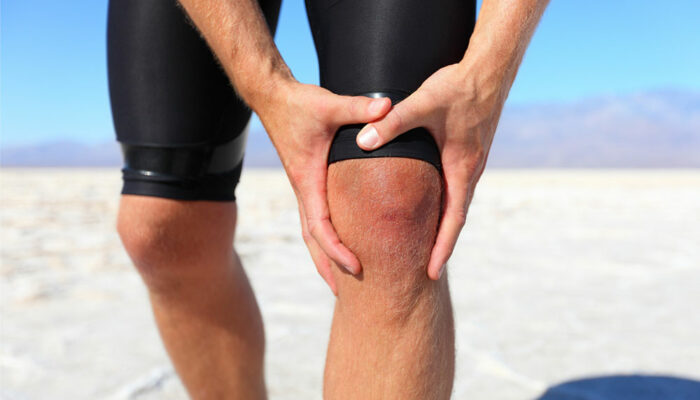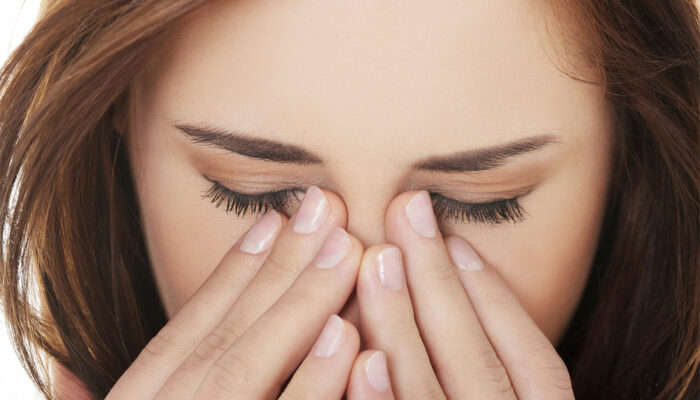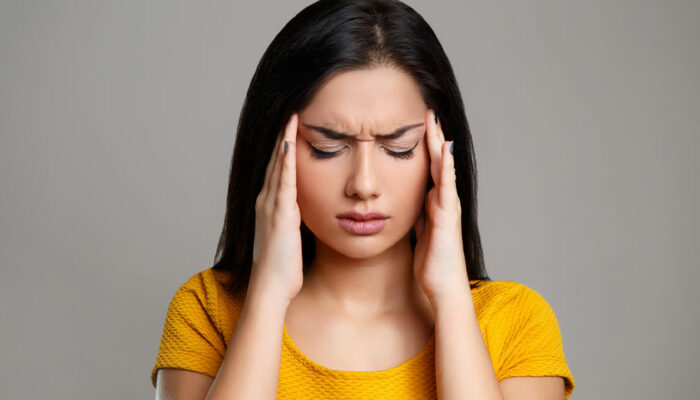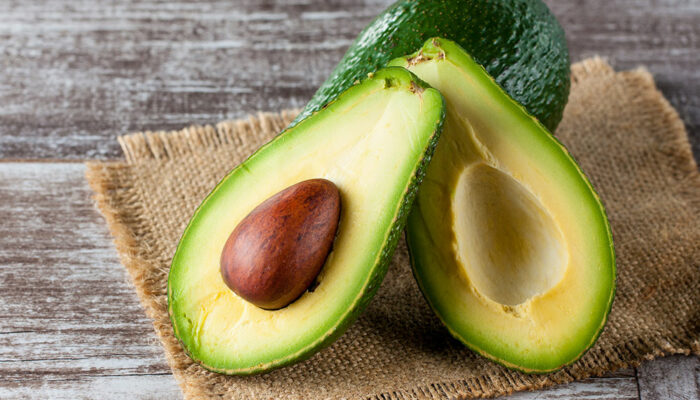
health
Ways to manage joint pain in different weather conditions
Joint pain is one of the most common and persistent symptoms of arthritis. While some can manage the discomfort with mild prescriptions, others may have to rely on physiotherapy and lifestyle changes to improve their outlook in the long run. There are many known triggers of joint pain, but surprisingly, changes in weather can also trigger these discomforts. Experiencing bad joint problems triggered during climatic changes can be dealt with in the following ways. Joint pain during winters The cold season can be tough on joints, especially when a person is already experiencing pain triggered by arthritis. Studies indicate that a drop in temperature lowers barometric pressure (the atmospheric pressure), forcing muscle, tendons, and tissues to expand. Overexpansion puts severe pressure on the joints and the tissue cushioning two bones. To reduce bad joint pains during winters, one can wear more layers and cover-ups to protect from extreme temperature drops. Movement helps keep the muscles strong and prevents the risk of spasms. One can also apply heating pads to areas where the pain has just started to develop when the temperature drops. Joint pain during summers As if summer heat waves weren’t enough of a nuisance, many people also experience joint problems with the increase in temperature.
Read More 








